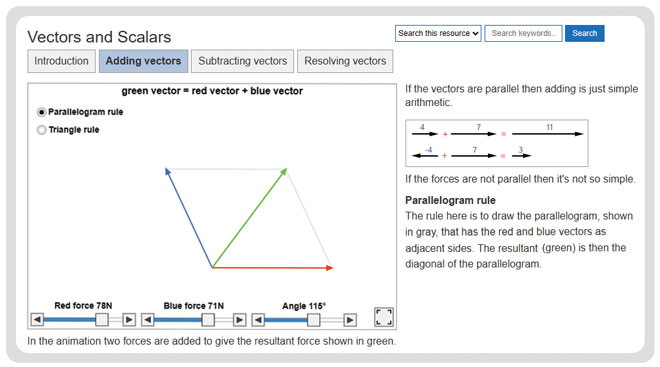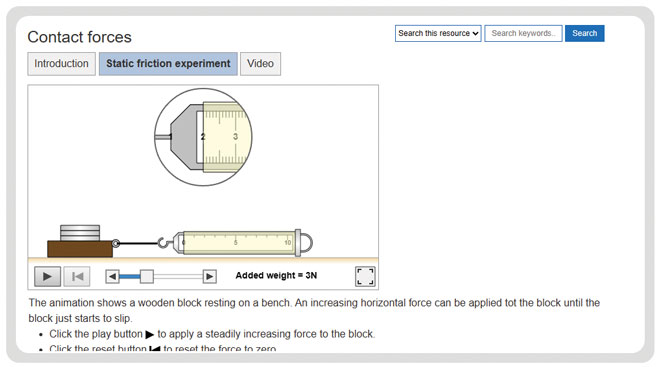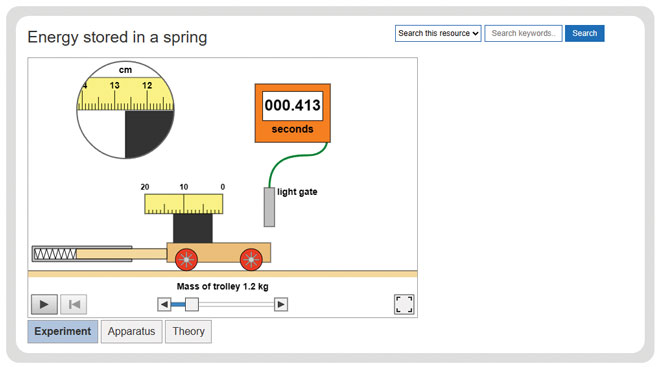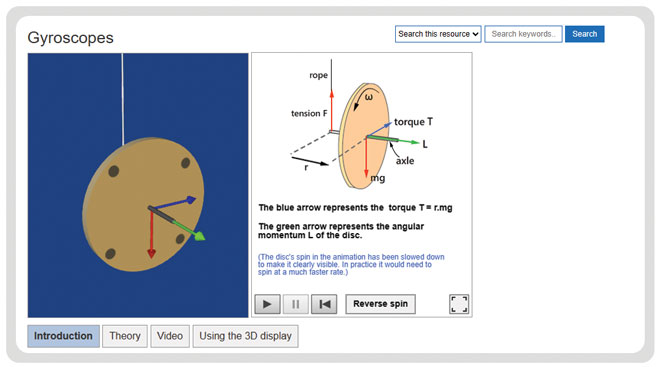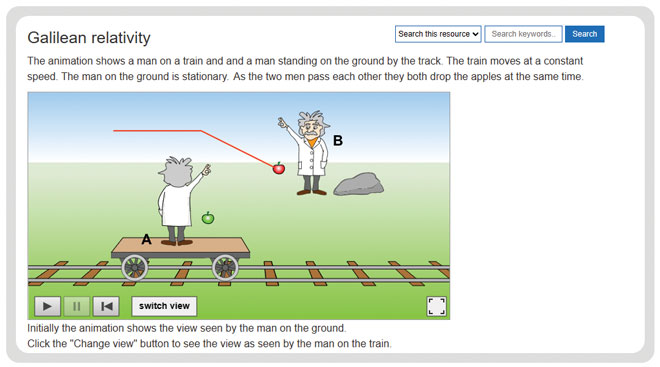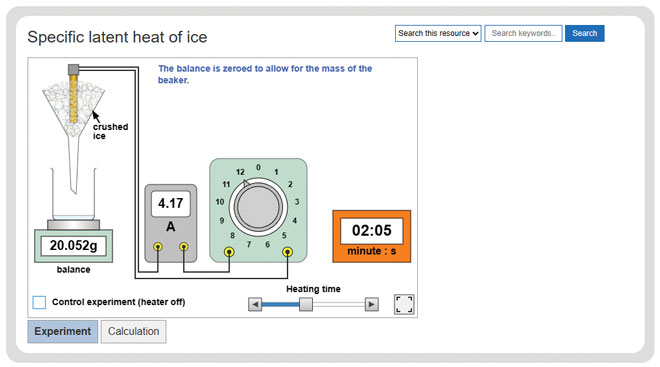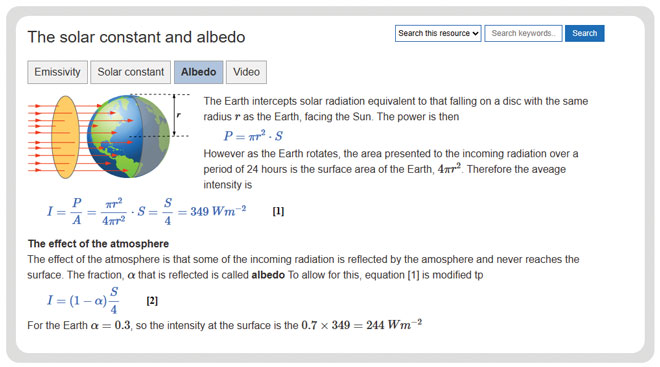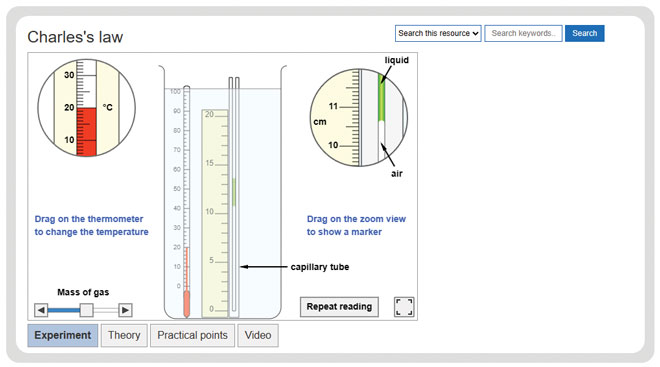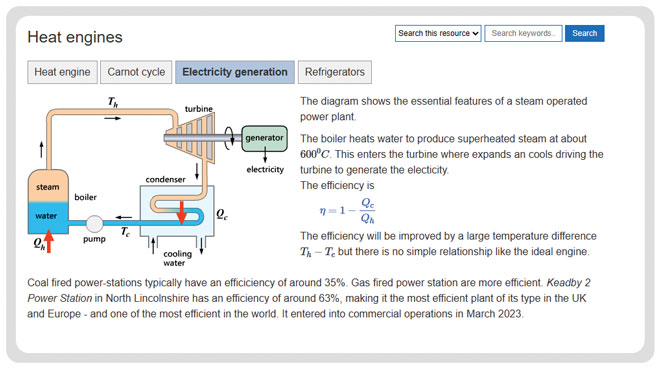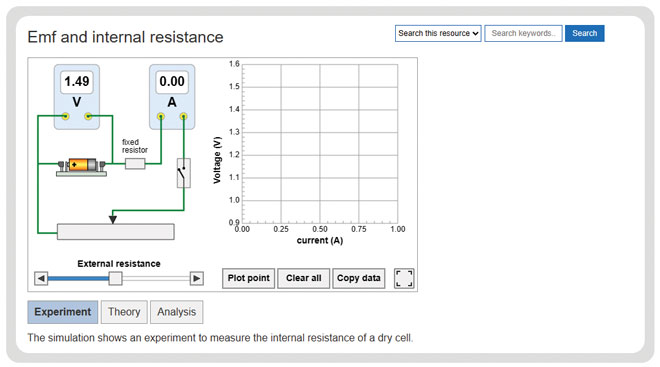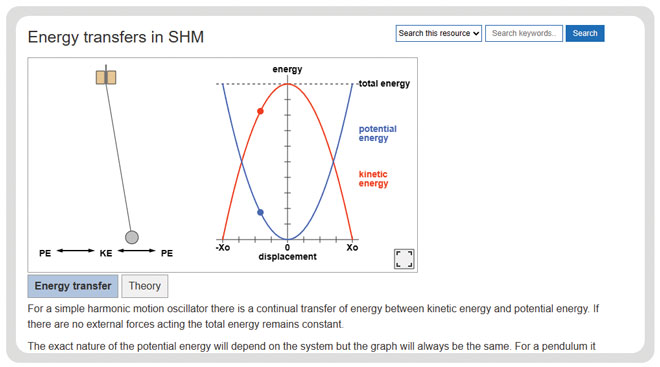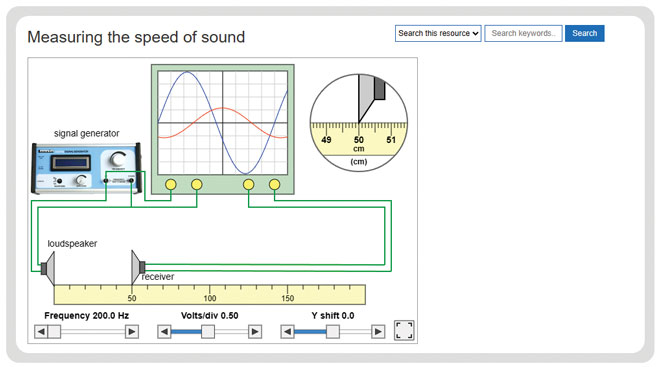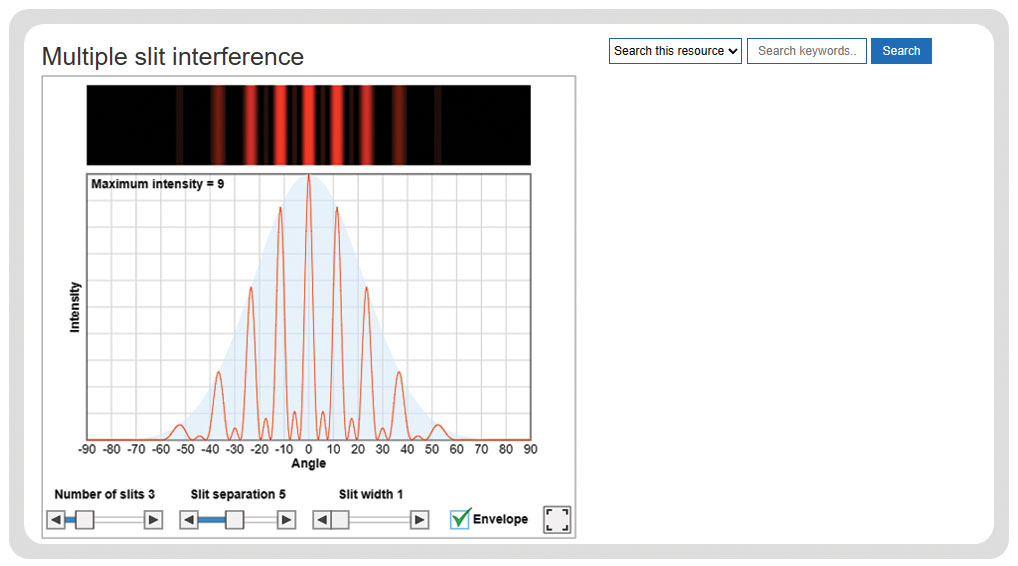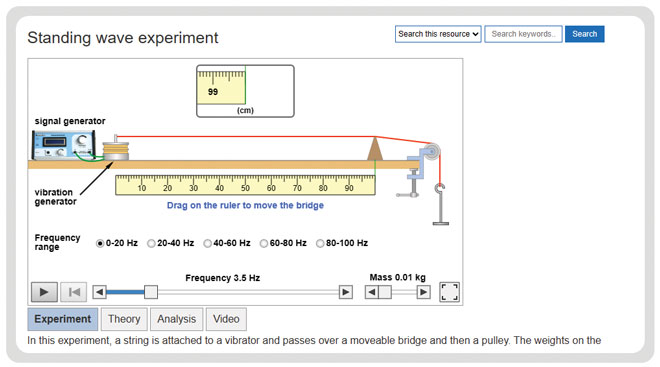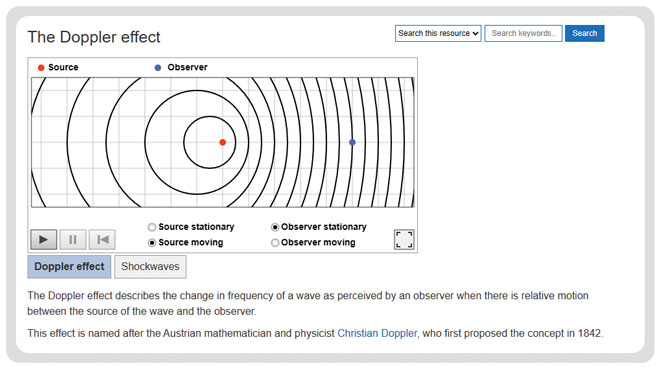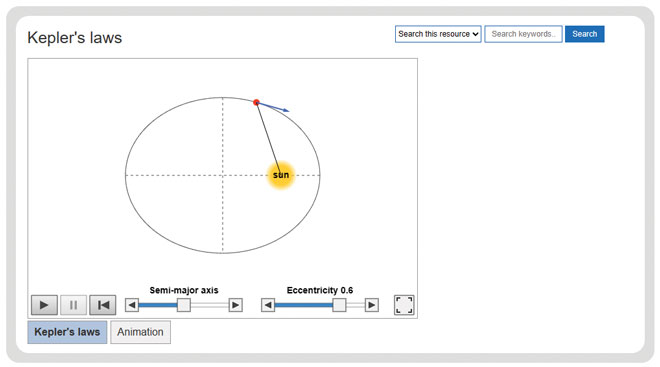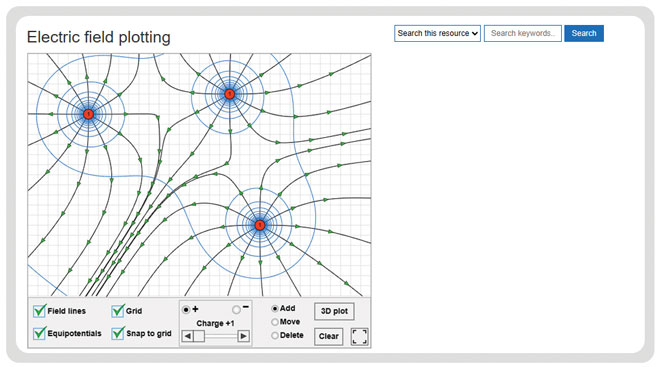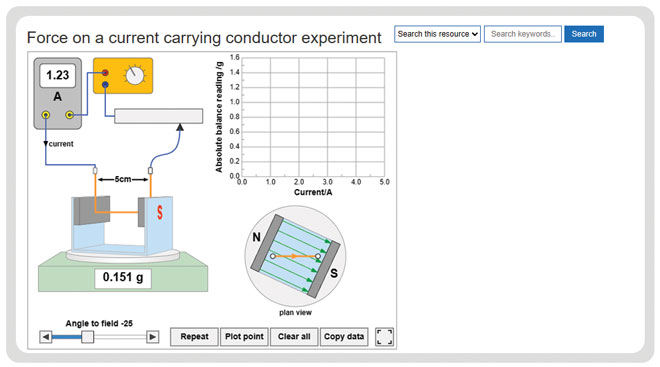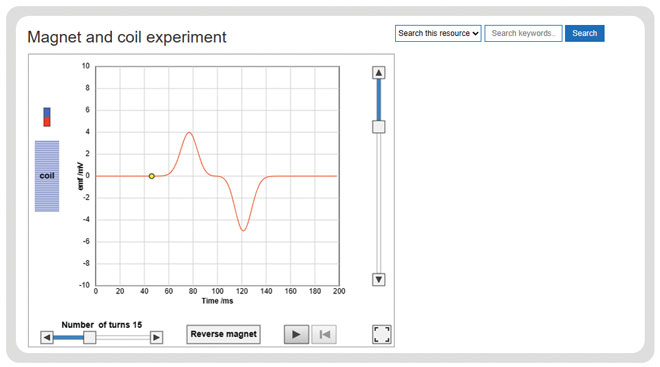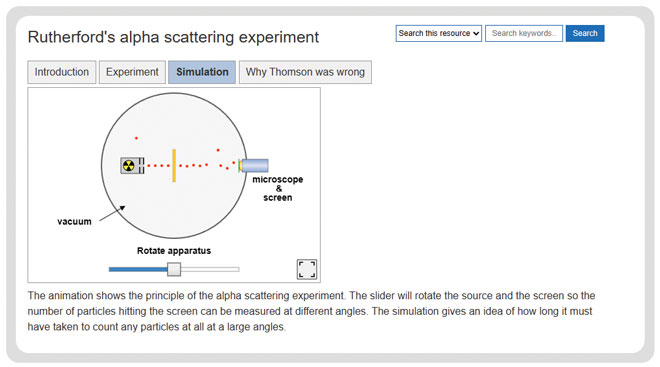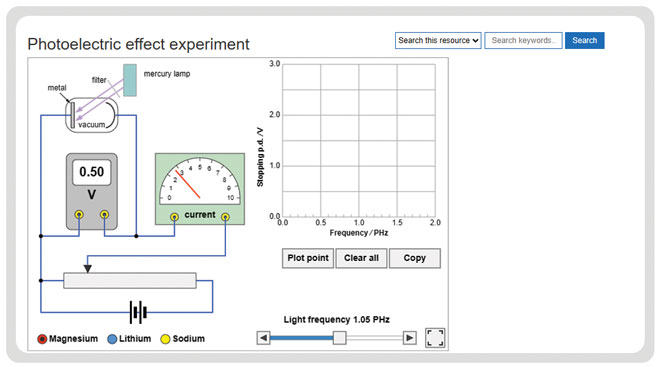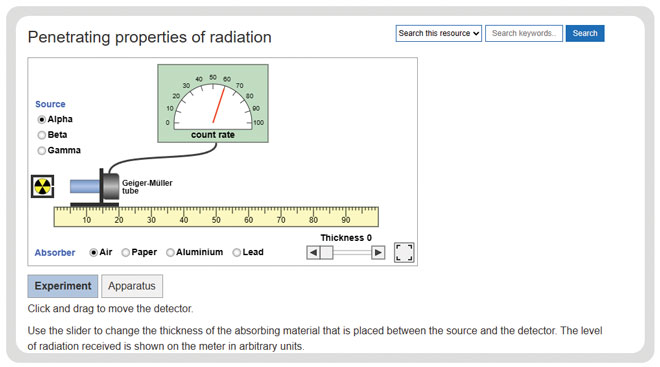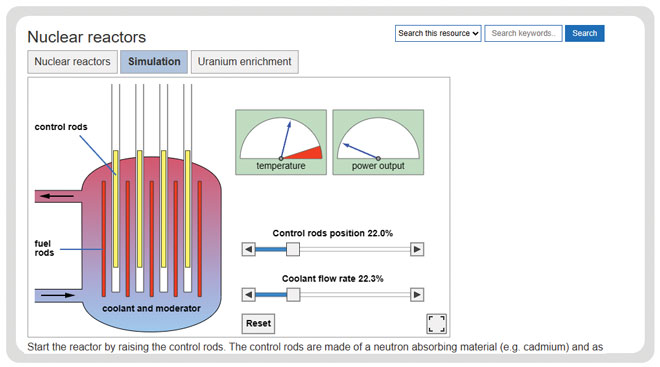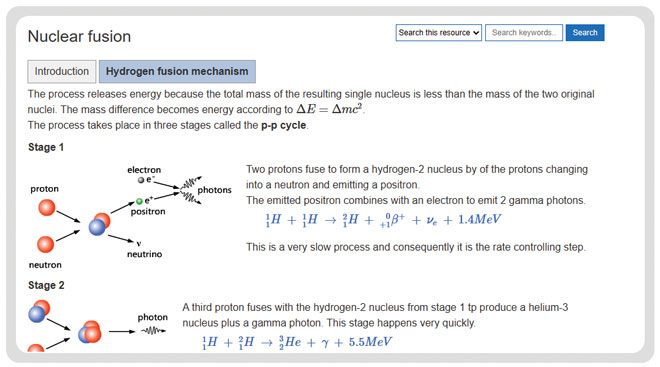IB DP PHYSICS 2025 is a unique collection of more than 60 interactive topics and simulated experiments for IB DP Physics 2025.
Units covered:
A. Space, Time and Motion; B. The Particulate Nature of Matter; C. Wave Behaviour; D. Fields; E. Nuclear and Quantum Physics.
This title is part of the
Focus Science Online Resource Pack. See below for sample screenshots and a list of topics.
A5. Special Relativity
● Reference Frames
● Inertial Frames
● Galilean Relativity
● Galilean Transforms and Newton’s Laws
● Maxwell’s Equations
● The Michelson – Morley Experiment
● Postulates of Special Relativity
● Lorentz Transforms
● Light Clocks
● Time Dilation
● Simultaneity
● Length Contraction
B1. Thermal Energy Transfer
● Particle Model
● Specific Heat Capacity
● Measuring the Specific Heat Capacity of a Metal
● Specific Latent Heat
● Measuring the Specific Latent Heat of Ice
● Thermal Energy Transfer
● Land and Sea Breezes
● Thermal Conductivity
● Thermal Radiation Experiments
● Black-Body Radiation
Apply for a 14 day no obligation free trial.
Order a subscription for your school today!

Part of the Science Resource Pack
This resource and every other Focus Science title combine to form the Science Resource Pack. A single affordable school subscription provides unlimited access to all titles.
A Unique Blend
A combination of 2D and 3D animations, video clips, photos, text and tests creates a unique and engaging ‘Focus Style’ of presentation. All created by experienced UK teachers.
Teacher and Student Use
Whether you’re looking for resources to enhance teacher presentations or something for individual study, the Focus Science Resource Pack is designed to fit the bill.
Unbeatable Value
For just £99.95 ex VAT per annum, every student and teacher in your school can have access to ALL Focus Science titles both in school and at home.
Focus Resources Device Compatibility
Teachers and students access Focus online resource packs direct from our web server. This means our resources are web browser based and compatible with Windows, Mac, Chromebooks, iPad and Android tablets.



